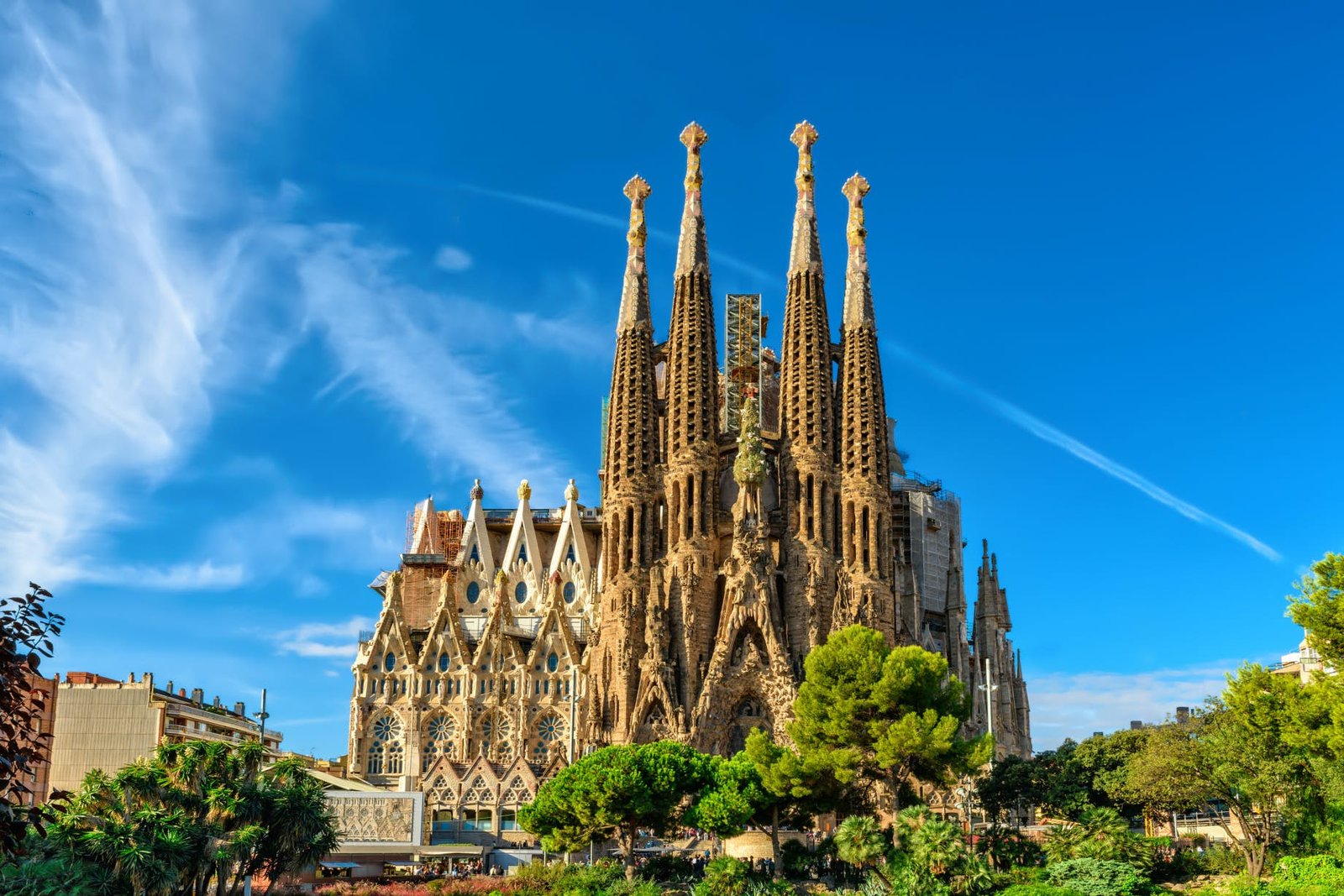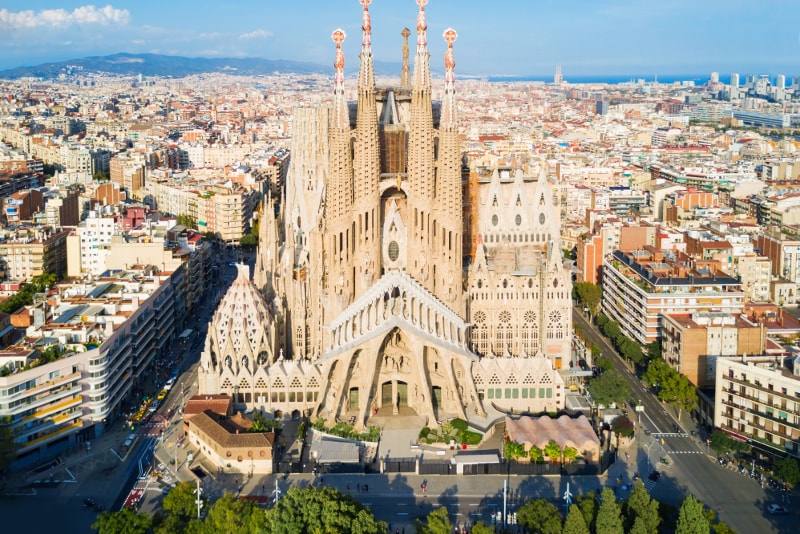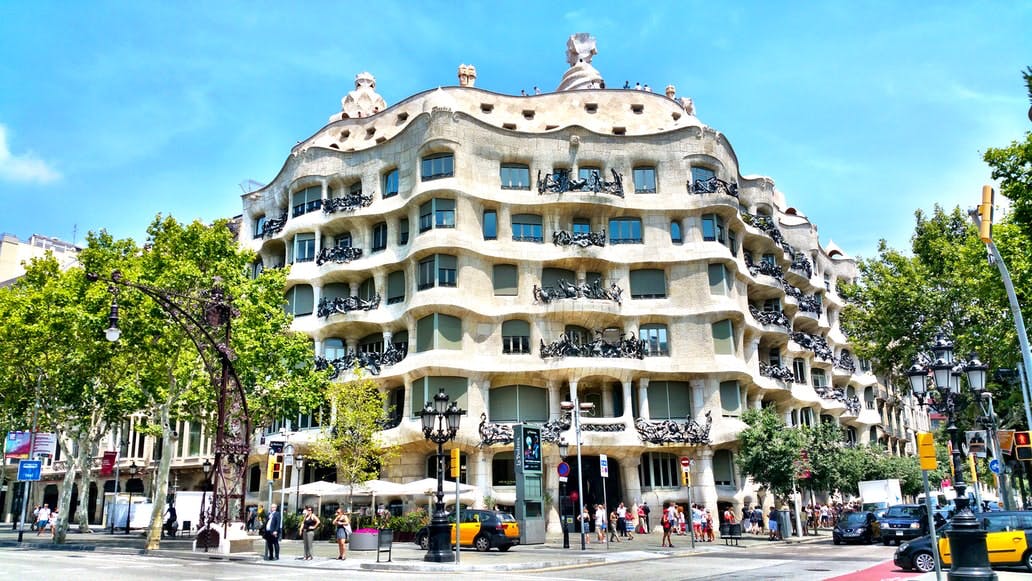
Welcome to our blog post on things to do in Barcelona, the vibrant and cosmopolitan capital of Catalonia, Spain. With its rich history, world-class museums, delicious cuisine, and stunning architecture, Barcelona has something for everyone. From the sandy beaches and lively nightlife of the Barceloneta neighborhood to the stunning works of Antoni Gaudí and other modernist architects, there is always something new and exciting to discover in this city.
In this blog post, we will share some of our top recommendations for things to do in Barcelona, whether you are a first-time visitor or a seasoned traveler. From must-see landmarks and cultural attractions to hidden gems and off-the-beaten-path neighborhoods, we have something for everyone. So, let’s start exploring the best of what Barcelona has to offer!

Sagrada Familia Ticket
The Sagrada Familia, also known as the Basilica de la Sagrada Familia, is a small Roman Catholic church in Barcelona. This masterpiece’s history dates all the way back to 1874, when a local group started advocating for the building of a church dedicated to the Holy Family. The church’s cornerstone was formally placed on March 19, 1882, following several years of planning and blueprint creation. A UNESCO World Heritage site, this 19th-century church is an architectural masterpiece and is still under construction. Continue reading to learn more about the magnificent basilica’s past.
Although the Sagrada Familia is assigned to Antoni Gaudi, Josep Maria Bocabella, the founder of the Spiritual Association of Devotees of St. John, is actually recognised with creating the Basilica. He aspired to construct a cathedral that was modeled after the Loreto Basilica during his trip to Italy in 1872. The church was designed by architect Francisco de Paula del Villar, who used a Gothic revival aesthetic. The church’s apse crypt construction started in March 1882. Later, in 1883, Antoni Gaudi assumed control of the project and fundamentally altered the design of the church. The following year, he received a formal appointment as the Architect Director.
Jordi Bonet I Armengol’s introduction of computer-aided technology allowed for the addition of a lot of components to this basilica during this time of building. The Nativity facade and the crypt were recognised as UNESCO World Heritage Sites in 2005, and Pope Benedict XVI consecrated the temple in 2010, converting it to a minor basilica and making it available for religious ceremonies. Also the actual style of construction appears somewhat different between the new and old parts of the building. It is a truly magnificent building and an absolute must-see by booking Sagrada Familia Tickets.
Jordi Faul I Oller gained control of the project as chief architect in 2012, and in 2015 he declared that 70 percent of the work had been finished. Six steeples were raised during the construction project’s final stage. Every Sunday since July 2017, an international mass has been held at the basilica. While the church has been operating, a number of things have prevented the development from moving further. An arsonist lit a minor fire in the sacristy on April 19, 2011, and it took 45 minutes to put it out. Work was suspended due to the pandemic from March to July 2020 for 4 months. Despite these difficulties, a 7-meter (12-foot) 12-pointed lit crystal star was erected atop the Mary Tower on November 29, 2021.
Casa Mila Tickets
Pere Milà and Roser Segimon hired architect Antoni Gaudi to create the Casa Mila (1906–1912) for them. The fact that it was the Milà family’s new home is whence the term “Casa Milà” originates. While renting out the other apartments, the couple lived on the first level. Due to its innovative construction and functional design as well as its artistic and decorative solutions, Casa Mila (1906–1912) is Antoni Gaudi’s most recognisable piece of municipal architecture. It is a complete piece of art and is also known as La Pedrera (stone quarry) due to the building’s resemblance to an open quarry in terms of aesthetics. It was his final piece of civic architecture and a departure from the norms of the time.
Due to its innovative constructional and functional design, as well as its ornamental and decorative solutions that deviated from the architectural trends of his day, Casa Mila (La Pedrera) is recognised as Antoni Gaudi’s most iconic work of municipal architecture. You may experience Gaudi’s most impressive architecture by booking Casa Mila Tickets. In the Eixample neighborhood of Barcelona, La Pedrera was Gaudi’s most modern interpretation of a structure. It is made up of two residential complexes, each with its own entrance, arranged around two sizable, connected courtyards that have ramps leading to a parking garage.

La Pedrera’s façade is a curtain wall rather than a structural element, fulfilling the usual role of a load-bearing wall. The huge windows in the facade are made possible by the metal components that join the stone blocks, which total more than 6,000.
The façade is made of three different types of stone: Vilafranca del Penedès stone for the majority of the façade, Garraf limestone for some of the features and the lower portions and structural elements (the frames of some of the windows).
The 32 balconies of La Pedrera’s intricate and expressive wrought-iron grilles were created utilizing waste iron sheets, bars, and chains in an odd but astonishingly successful accumulation that enhances the design and adds a decorative aspect. They are recognised as the precursors of 20th-century abstract sculpture. A section of the first iron fence of flat 2n 2a, which was the display apartment and was located on the second story above the Milàs’ primary dwelling. In the Barcelona workshops of the Badia brothers, Gaudi personally oversaw the creation of this grille. Screws and rivets are used to affix the grilles’ numerous components together.




